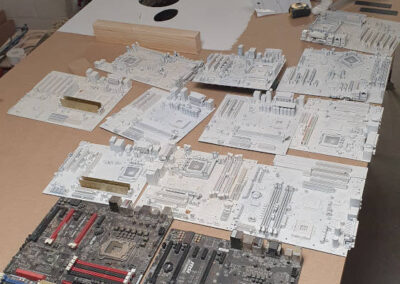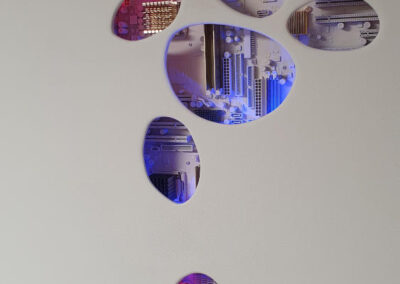What is Generative Design?
Let me explain this to you, by making it myself easy…. and just grab the text from Wikipedia. So to be clear, the following is not written by me or someone of my team, but it’s straight from Wikipedia, so they get full credit for this.
Source: Wikipedia – Generative Design
Generative design is an iterative design process that involves a program that will generate a certain number of outputs that meet certain constraints, and a designer that will fine tune the feasible region by selecting specific output or changing input values, ranges and distribution. The designer doesn’t need to be a human, it can be a test program in a testing environment or an artificial intelligence, for example a generative adversarial network. The designer learns to refine the program (usually involving algorithms) with each iteration as their design goals become better defined over time.
The output could be images, sounds, architectural models, animation, and much more. It is therefore a fast method of exploring design possibilities that is used in various design fields such as art, architecture, communication design, and product design.
The process combined with the power of digital computers that can explore a very large number of possible permutations of a solution enables designers to generate and test brand new options, beyond what a human alone could accomplish, to arrive at a most effective and optimized design. It mimics nature’s evolutionary approach to design through genetic variation and selection.
Generative design is becoming more important, largely due to new programming environments or scripting capabilities that have made it relatively easy, even for designers with little programming experience, to implement their ideas. Additionally, this process can create solutions to substantially complex problems that would otherwise be resource-exhaustive with an alternative approach making it a more attractive option for problems with a large or unknown solution set. It is also facilitated with tools in commercially available CAD packages. Not only are implementation tools becoming more accessible but also tools leveraging generative design as a foundation.
Source: Wikipedia – https://en.wikipedia.org/wiki/Generative_design




























